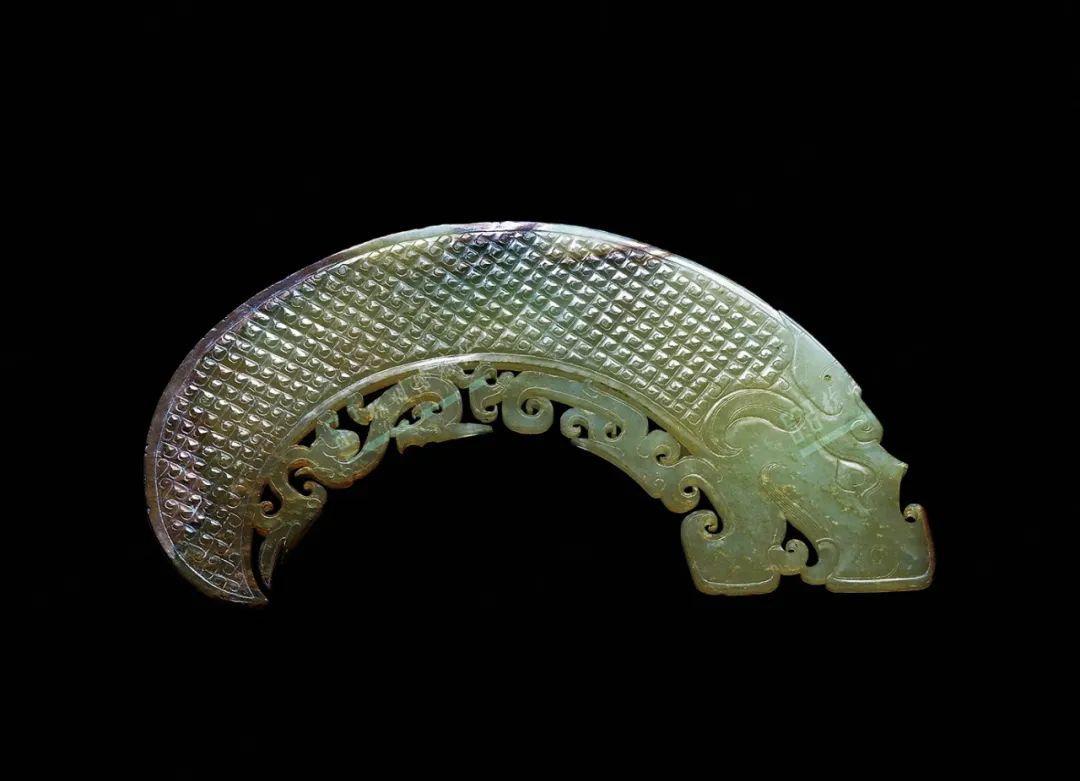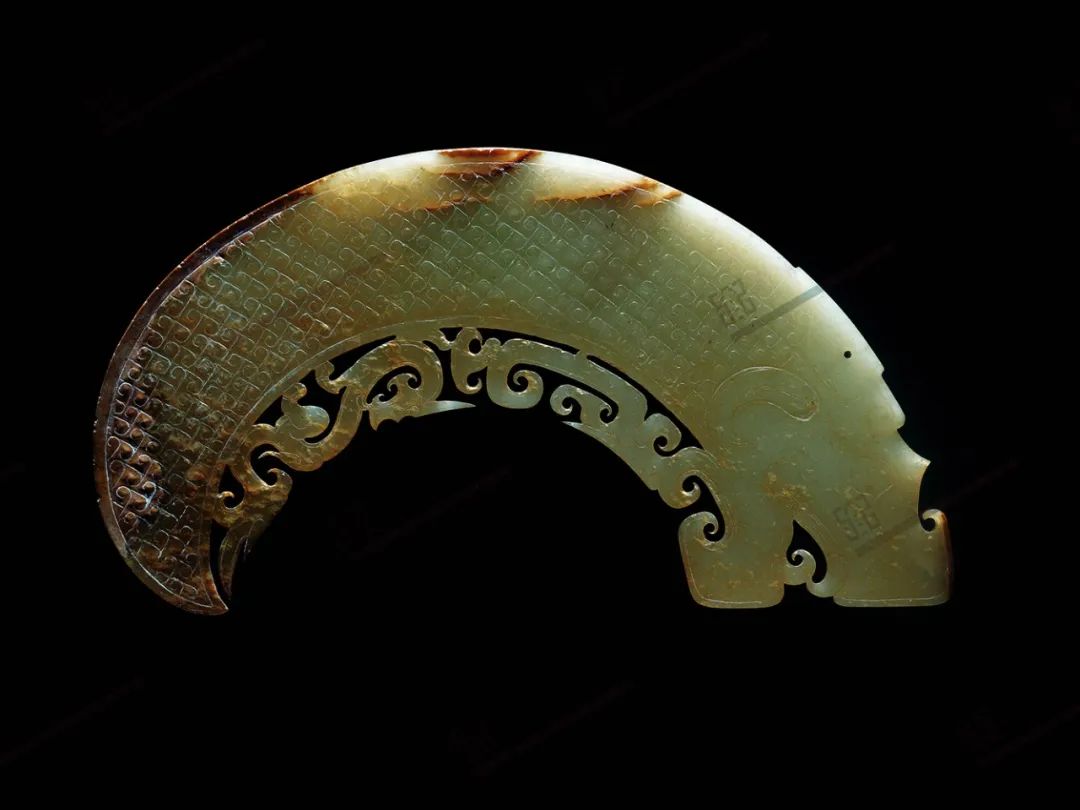Han Dynasty Treasures | Western Han Dynasty Jade Toothpunch with Dragon Pattern

Jade punch tooth with dragon motif from the Western Han Dynasty

Copyright registration number: Su Zuodeng Zi-2022-G-00094629
Name: Western Han Dynasty Jade Toothpunch with Dragon Pattern
Age:Western Han Dynasty
Size: 14.3 cm long, 4.5 cm wide
Source:The Tomb of the King of Chu at Lion Hill, Xuzhou
Collection Unit:Xuzhou Museum
Cultural Relics Grade:National Cultural Relics
No matter how far the material and spiritual civilization of human society has developed, treasure is always an exciting and seductive topic. Treasures can meet almost all of mankind's innate desire, people talk about treasures after tea and dinner, often speaking of the eyebrows, listening to the people are dazzled, fascinated.
History passed down those captivating, magical treasures, such as the hebi, Goujian sword, luminous cup, etc., although we have never seen, but more than heard of. But when it comes to jade teeth, those who know its origins are scales of hair and phoenix, there is such a rare treasure in the Xuzhou Museum of Chinese jade exhibition hall, which is precious.
This jade tooth was unearthed in the fifth room on the west side of the Western Han Dynasty Tomb of the King of Chu at Lion Hill. It is 14.3 cm long and 4.5 cm wide, made of Xinjiang Hetian blue and white jade, with delicate jade quality and soft luster. It is half-moon shaped, with the overall shape of a sharp-tailed vicious dragon with a curved body arch, a square muzzle, and a huge mouth with fangs that curl inward. There is a round hole on the forehead of the dragon for hanging. The body of the dragon is decorated with a fine outline of vortex patterns, quite similar to scale armor. The lower edge of the dragon's body is carved with a deformed dragon's whiskers, and the rear part is decorated with a fast-moving and retracting dragon, bending and hovering, with a spacious and smooth body, echoing the large dragon. The whole vessel is a novel idea, with smooth decoration, dignified and elegant, and full of dynamism. The lip and ridge of the dragon are marked with a percolation, and the tail has a percolation. This is a fine example of jade flushed teeth.

This is a very unique type of ancient jade, named for its curved crescent shape, pointed at the lower end and wide at the upper end, resembling a fang. It is generally believed that the word "punch" refers to a collision or percussion, and "tooth" refers to the shape of an animal tooth. It is not an isolated device, but one of the main accessories of the ancient jade pendant group. The poem "Zheng Feng - The Lady Said Rooster" reads, "Knowing that the son is coming, I will give him a miscellaneous pendant." The "miscellaneous pendant" in the text refers to a group of jade pendant, somewhat similar to today's wind chimes, with different specifications encompassing different numbers of devices, but each of its parts has a strange name, such as hon, juan, ju, chalcedony and so on. Punch teeth are a member of this "family of strange names" and are usually found in pairs in groups of jade pendants.
Jade teeth appeared in the Western Zhou Dynasty and flourished in the Eastern Zhou Dynasty. After the Spring and Autumn Period, as a result of innovations in the reorganization of the jade pendant group, which marked the ritual system of the nobility, jade punch teeth were rarely found in jade pendant groups, and gradually they were separated from the group and found to change in form and function. From the Warring States period to the Western Han Dynasty, jade teeth were the most beautifully crafted, usually with ornaments on both sides and additional openwork on the outside, often with scrolling clouds, dragons, phoenixes, and tigers, with the wide end often carved in the shape of a dragon's head or a tiger's head, and with wisps of carved ornaments, with many variations in shape. In some cases, the entire tooth is in the form of a dragon, with the tail of the dragon being the tip of the tooth. During the Eastern Han Dynasty, jade teeth were rare, and this kind of jade, which had been handed down for thousands of years, began to gradually withdraw from the stage of history.
The jade tooth from the tomb of the King of Chu in the Western Han Dynasty at Lion Hill is large in size, exquisite in craftsmanship, unique in shape and endless in flavor, fully reflecting the rich imagination and outstanding production skills of ancient people. It is a precious historical and cultural relic that not only contains important information about the history and culture of ancient society, but also carries the heavy heritage of traditional culture.
Introduction
Han Style Treasures" is a showcase of cultural relics produced by the Xuzhou Museum, aiming to better promote the precious cultural relics in the Xuzhou Museum's collection, focus on the stories behind the relics, enhance national confidence and pride, inspire the love of excellent Chinese culture, and enrich the spiritual and cultural life of the people.